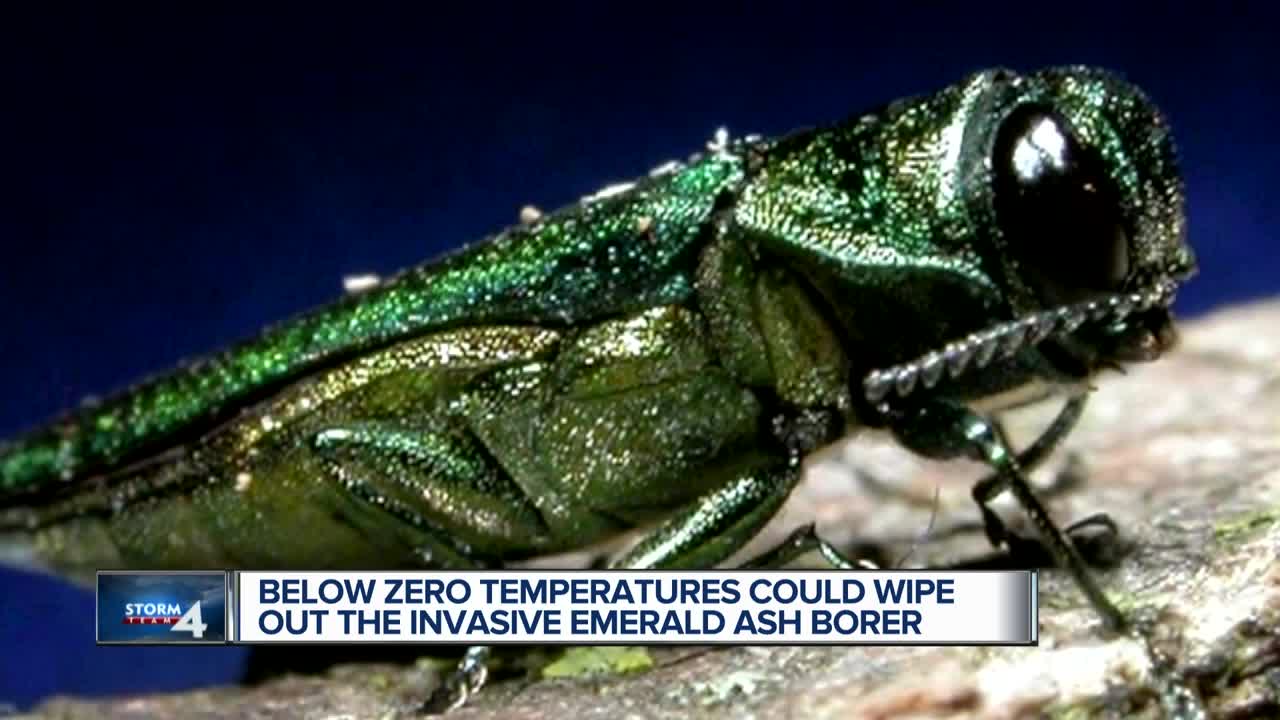MADISON — We may have found a silver lining in all of this terrible weather. The 20-below zero temperatures could help wipe down the population of the invasive Emerald Ash Borer.
The small beetle likely made its way to America by ship and infested hearty green and white ash trees.
It was a huge deal when the announcement was made in 2008: The invasive species that spread to the Midwest was confirmed in Wisconsin.
Nearly 11 years later, the infestation covers all of southeast Wisconsin. The Department of Natural Resources confirmed 50 of our 72 counties have confirmed cases of Emerald Ash Borer.
"Eventually nearly all the ash [trees in Wisconsin] could be killed," said Andrea Diss-Torrance, DNR's forest health specialist.
Diss-Torrance showed us track marks from larvae chewing on the ash trees, "... and then nutrients can't come up from the roots to support the leaves," Diss-Torrance said.
She believes if temperatures dip to at least -20 degrees for a long time, the Emerald Ash Borer's larvae will die.
"Of course, the longer, the better. The longer it's really frigid the more things die," Diss-Torrance added, "The attacks will be a little slowed down because there's just fewer insects tunneling and fewer adults."
But even if up to 95 percent of the bugs are wiped out, she says hundreds of thousands still will have survived.
The biggest way the EAB are getting around are from people, especially when you move firewood to different counties. The beetle still could hide under the bark.
There are two other invasive species Diss-Torrance thinks could be affected by this weather: Japanese Beetles, which love to feast on rose gardens, and Gypsy Moths.




